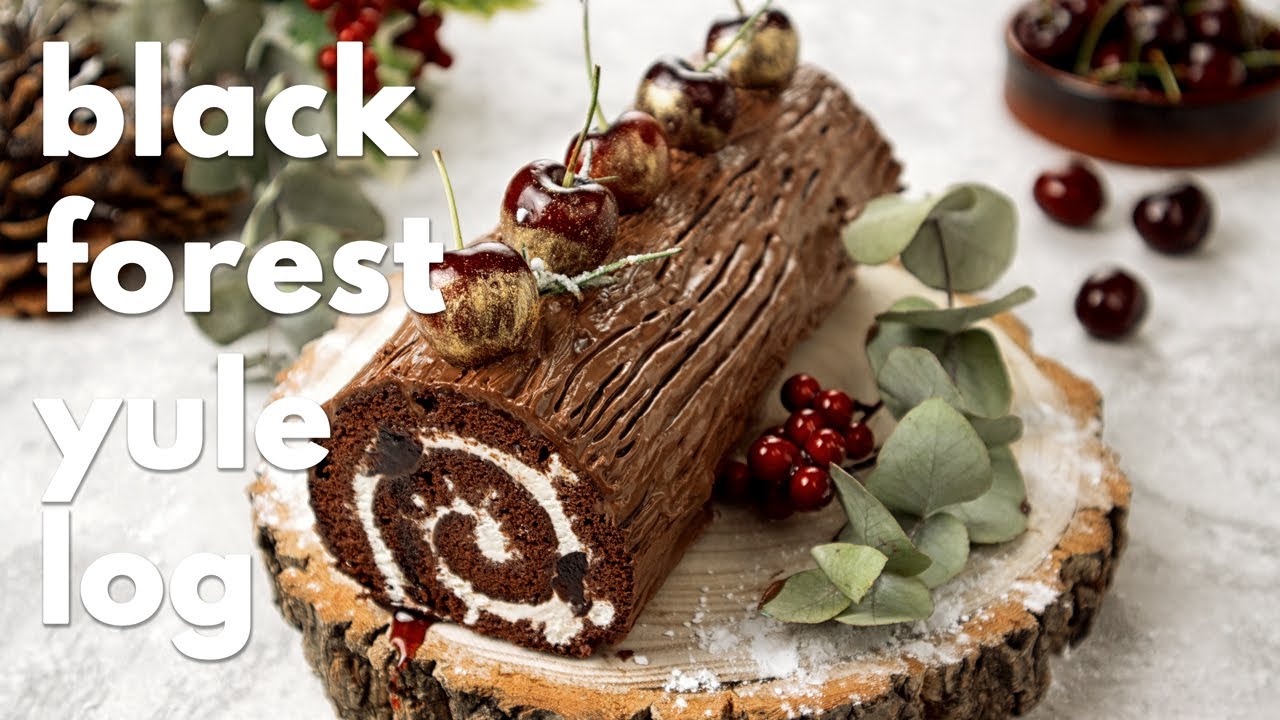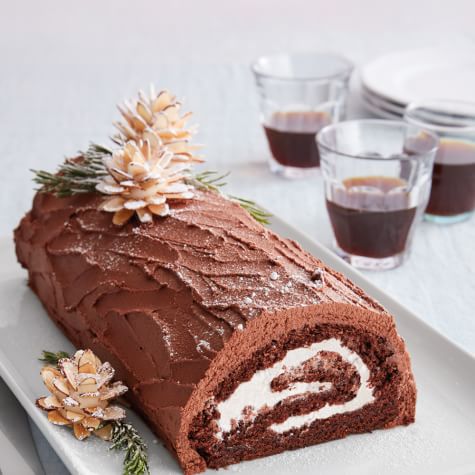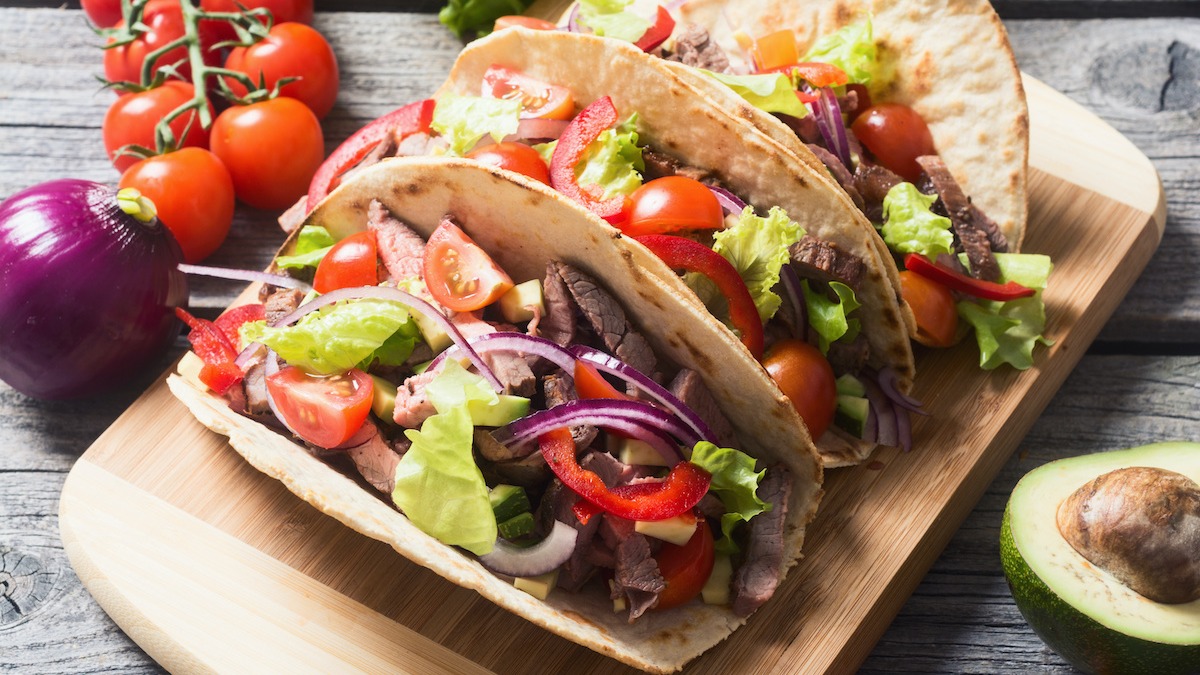Bucherry: The Incredible Journey of Cherry Buche Desserts
– Buche meat is a delicious and unique cut of meat enjoyed in various cuisines such as Mexican, Pennsylvania Dutch, and Chinese.
– Buche is meat from a pig’s stomach and is often washed with an acidic solution (like vinegar) before cooking.
– It has a milder flavor than typical pork and is frequently used in Buche tacos.
– Buche meat has a texture that is slightly chewy and tender after cooking.
– The color of raw Buche meat is pinkish or white, and it can turn pale or brown when cooked.
– It is important to remove excess fat from Buche meat for better texture.
– Buche meat is often served with vinegar-based toppings or pickled veggies in Mexico.
– The article provides a recipe for making pork stomach tacos, also known as Buche tacos.
– The tacos are considered a gourmet delicacy in some regions of Mexico.
– The ingredients for the tacos include pork stomach, corn tortillas, spices (black pepper, kosher salt, cumin, garlic powder), avocado, salsa, fresh coriander, and olive oil.
– The pork stomach is boiled, seasoned, and marinated before being cooked in a skillet.
– The tortillas are heated and then filled with avocado, salsa, and slices of the cooked meat.
– The article also provides tips for making tasty tacos de Buche at home, including using high-quality tortillas and experimenting with vegetable toppings.
– The article briefly discusses the use of acidic toppings, such as pickled vegetables, in making Buche tacos.
– Buche tacos are made with Buche meat (pork tongues, pork stomach, or snouts), tortillas, and salsa.
– The taste of Buche meat is described as slightly pork-like, but it takes on the flavor of the spices used to cook it.
– Whether or not to try Buche tacos depends on personal preference, with some people enjoying the taste and texture of the pig stomach filling, while others may not.
– The quality of the meat used is important, and reputable providers like ButcherBox, known for ethical and sustainable farming practices, are recommended.
– Cleaning the pork stomach is important to remove any unpleasant odors, and the author suggests using a mixture of water and vinegar followed by parboiling.


